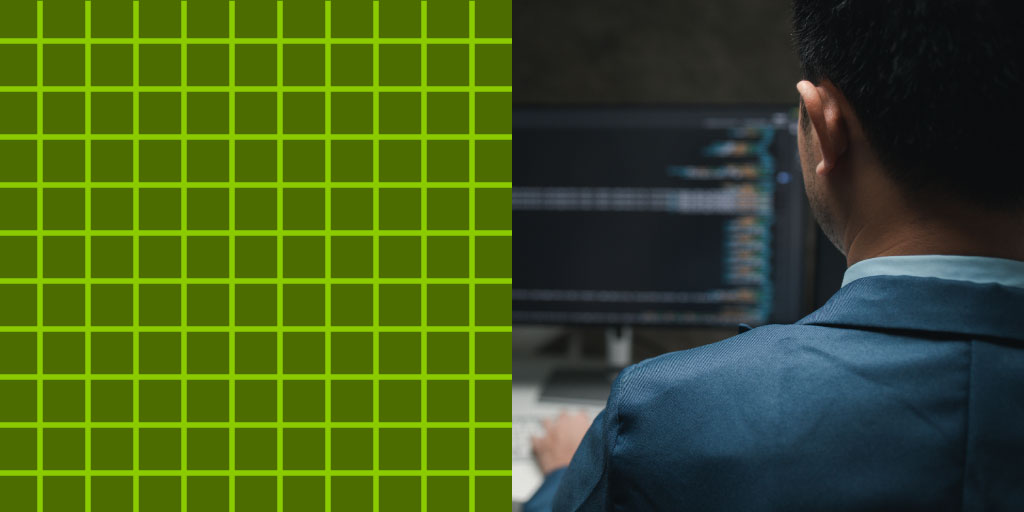Cybersecurity focus: beyond threats, identifying risk exposure

With the increase and sophistication of cyberattacks, cybersecurity has become a central concern for individuals and organizations.
In fact, as cyberattacks increase, efforts to prevent and reduce risks also rise. According to estimates by International Data Corporation (IDC), global spending on cybersecurity solutions and services will be $219 billion in 2023 and nearly $300 billion in 2026.
When talking about cybersecurity or information security, it refers to all types of protection for infrastructures, systems, networks, and data against threats, damage, or unauthorized access. However, we often forget about end users, who must be considered an essential factor in a company’s proper cybersecurity posture.

Why is it important to protect the end user to preserve cybersecurity?
The end user is a key element to consider in a business cybersecurity strategy. In many cases, the lack of knowledge and awareness among employees increases the risk of falling into cyber traps.
Contrary to popular belief, a large part of cybercriminals do not possess deep computer knowledge. What happens is that they take advantage of small oversights and human errors to successfully and safely access business information.
According to the IBM Security X-Force Threat Intelligence Index 2023, phishing is the most common way attackers access users’ confidential information.
Phishing refers to the crime of impersonating a company or organization to obtain passwords or other types of confidential data. It is such a sophisticated criminal tactic that the messages sent by criminals are difficult to identify in time.
Attacks on cloud infrastructures and networks, as well as ransomware, also top the list of threats to end users.
A recent study by Infoblox in Mexico showed that data breaches and ransomware were the most concerning attacks for 51% of organizations, followed by direct attacks through cloud services (43%) and attacks through remote worker connections (35%).
How to protect the end user?
For cybercriminals, any device with internet access can be an opportunity to commit fraud. Therefore, it is important to train end users on the safest ways to navigate the digital space and the most effective measures to protect confidential data.
If you want to safeguard an organization’s assets, these are the basic measures to achieve it:
- Train employees on the most common threats and the safest online practices.
- Define rules for the use of secure passwords, network access, personal devices, and the management of confidential information.
- Keep all systems and software used in the organization up to date.
- Ensure that critical data is backed up in case of loss or damage.
- Implement specialized technologies to protect any network, computer system, or technology that has internet access and interacts with the organization’s critical information.

What technologies help protect the end user?
In the field of cybersecurity, there is a wide range of technologies designed to protect the end user and safeguard the data they interact with.
One of these technologies is Ikusi Threat Protect, a comprehensive solution that deploys two lines of defense: the first in the cloud to safeguard systems and applications, and the second through agents installed on each device connected to the company’s network.
With Ikusi Threat Protect, it is possible to protect end users while they browse the internet or send emails, detect sophisticated threats in real-time, contain suspicious traffic to reduce attacks, recover information through a backup service offered by Ikusi, and access a unified operations center (Ikusi Once) that provides 24/7 remote assistance.
For more information, visit: Ikusi Threat Protect.